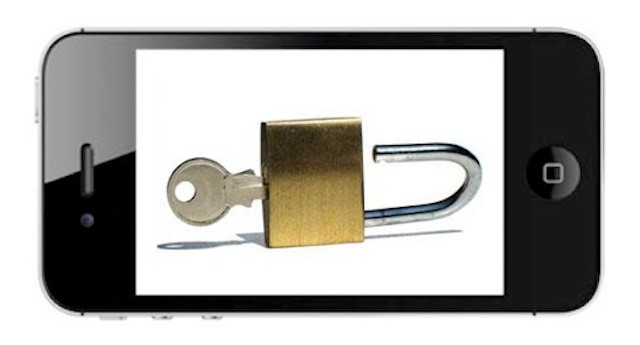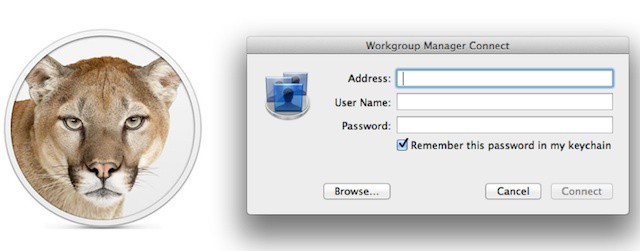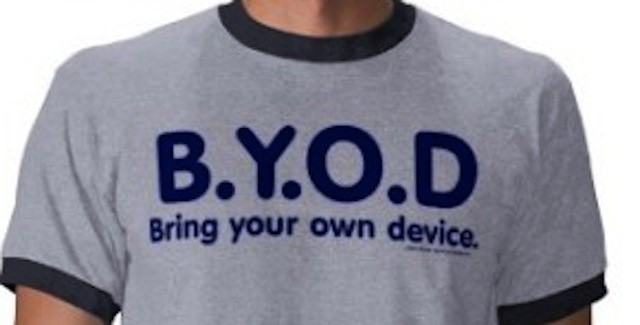This MDM post is brought to you by Scalefusion.
With the recent surge in employees working via smartphones, tablets and laptops from practically anywhere, it’s no surprise mobile device management, aka MDM, has become a crucial tool for organizations large and small. Then add in the growth of cloud computing and software-as-a-service (SaaS) apps, plus companies letting employees use their own devices (BYOD).
It all adds up to needing an MDM provider you can depend on. These days, you need something that serves the IT department’s needs while remaining easy for users to navigate. And it should work across operating systems and device types.
With Scalefusion, you can get up and running fast with a vast array of devices, and even expand your fleet, without having to worry about engaging multiple MDM providers.
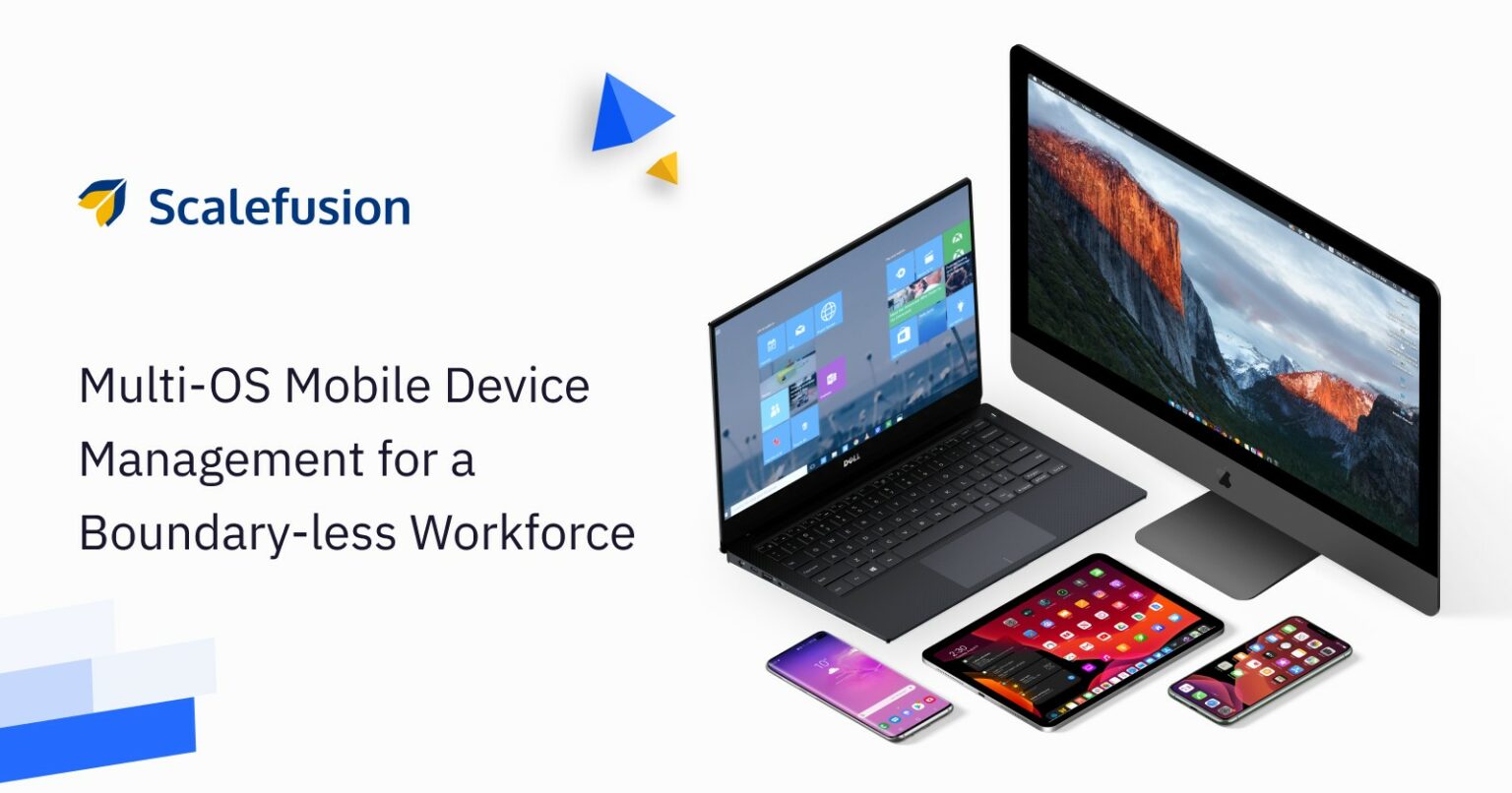

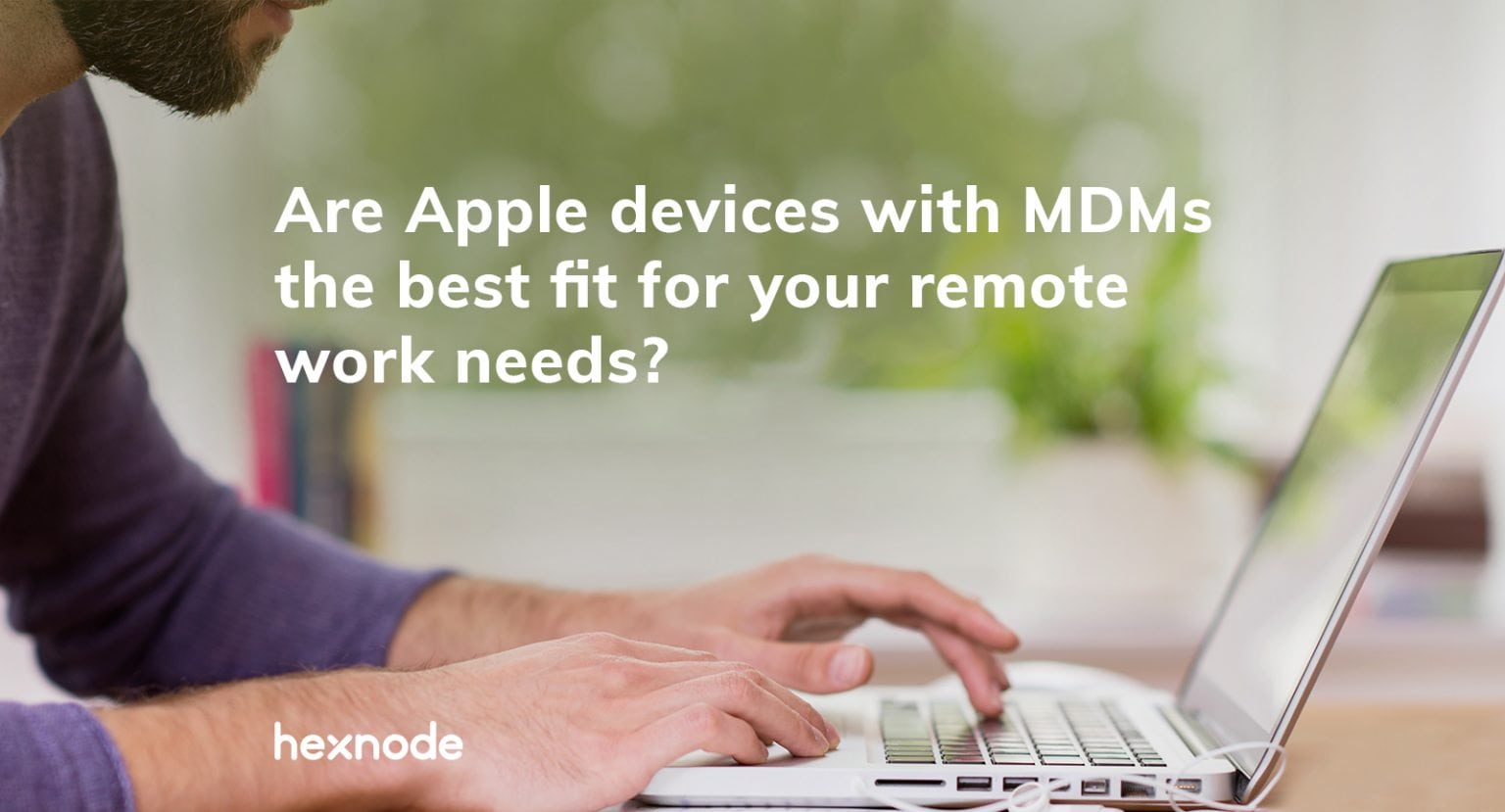

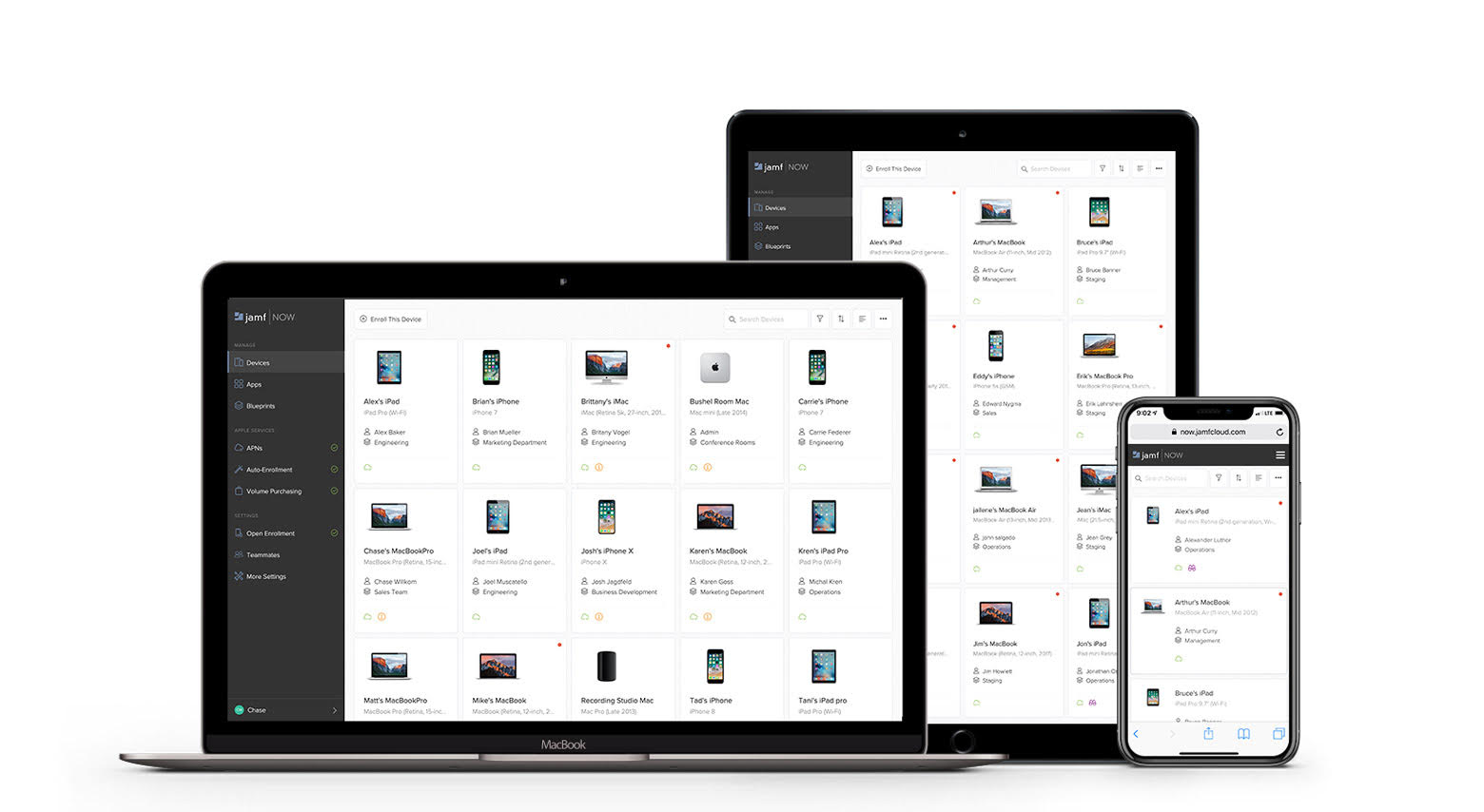
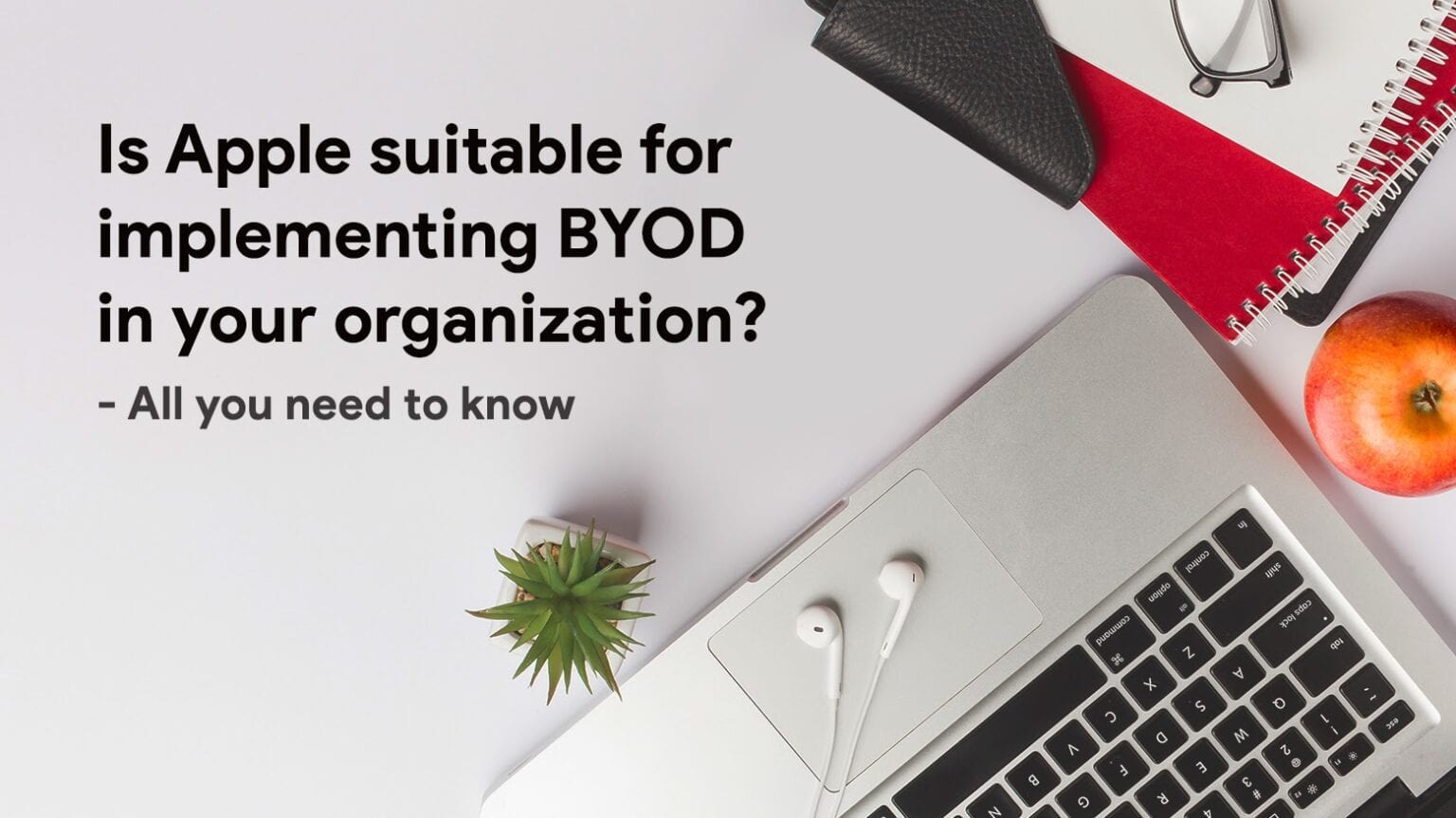
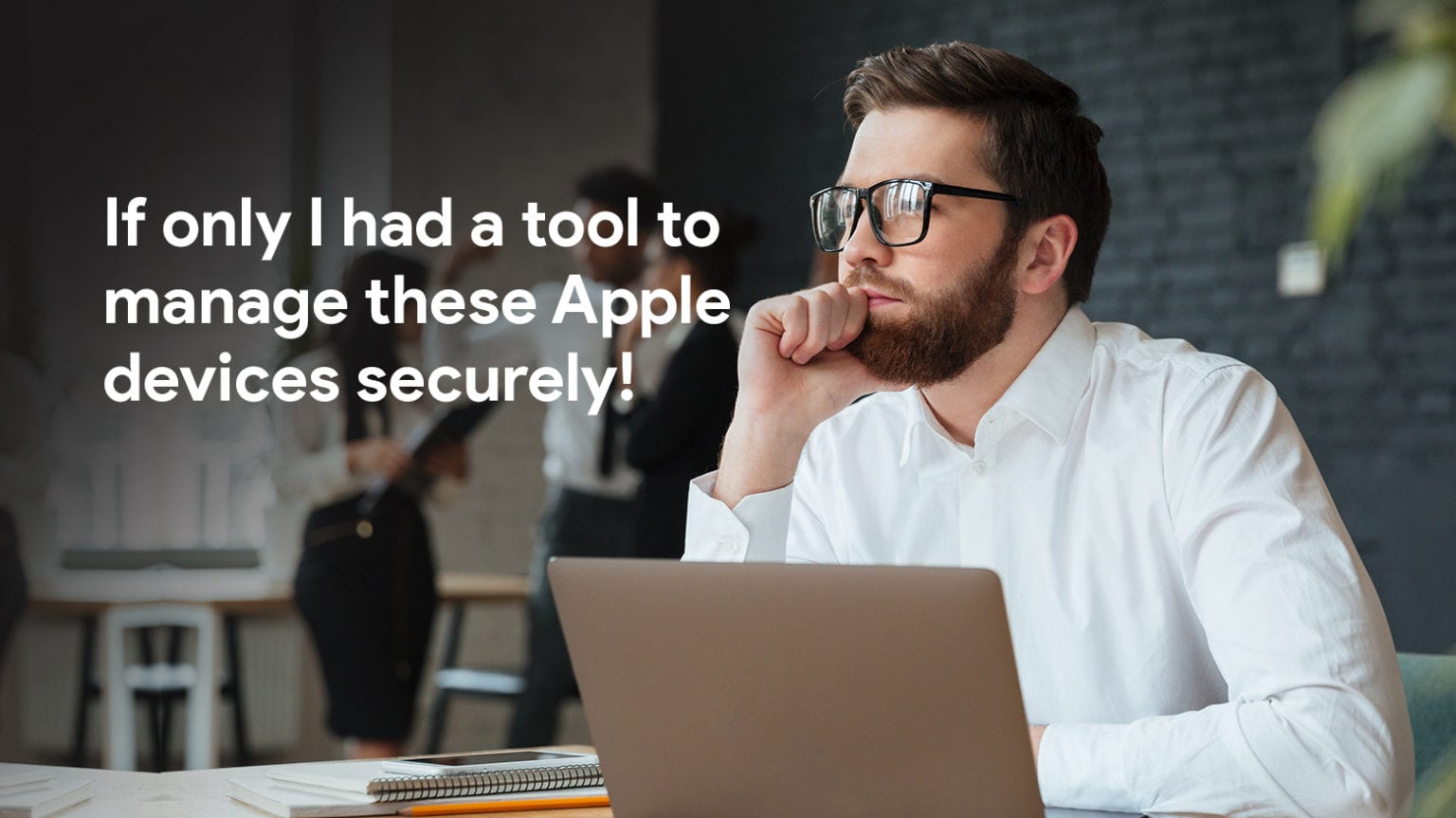
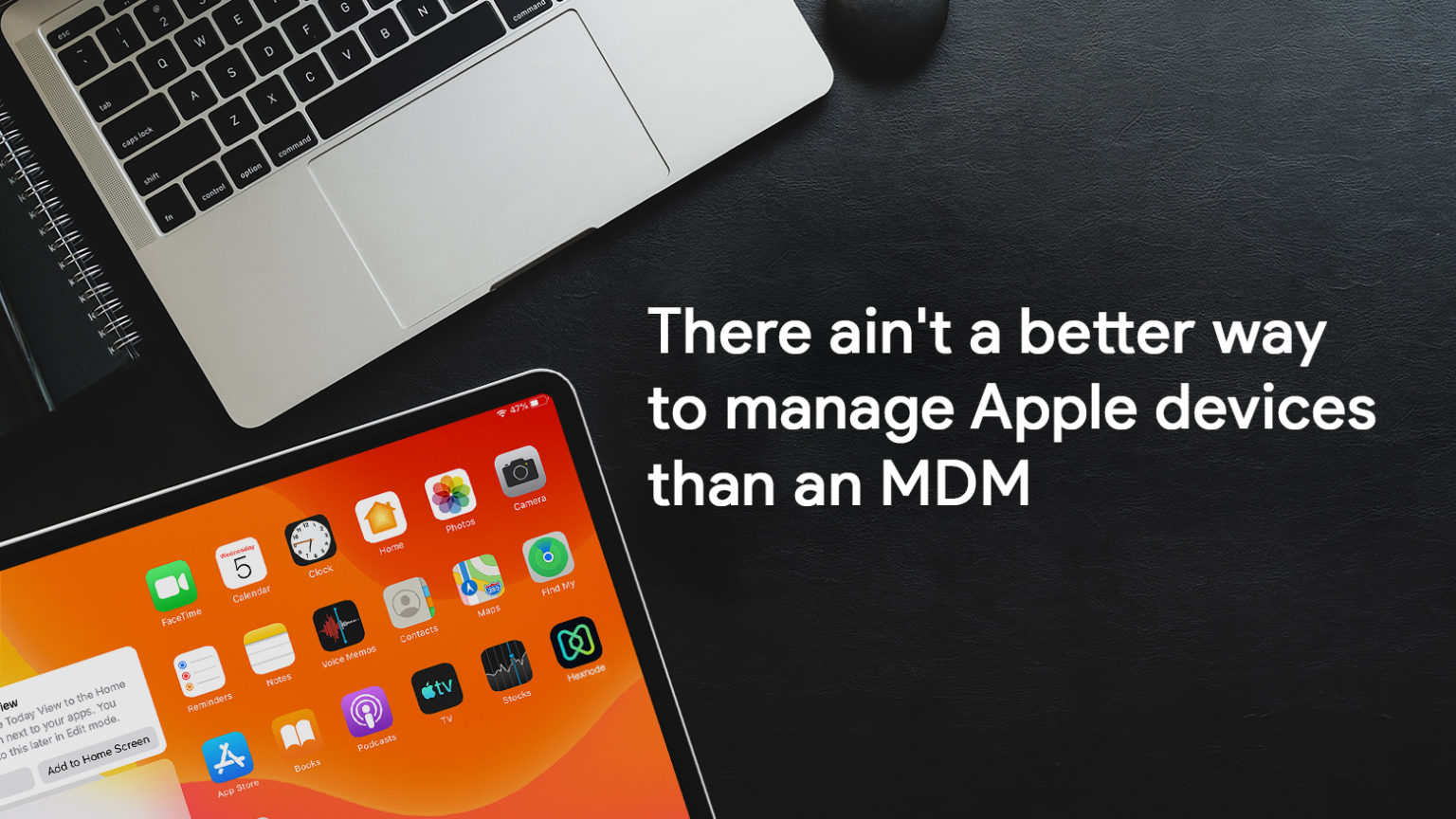
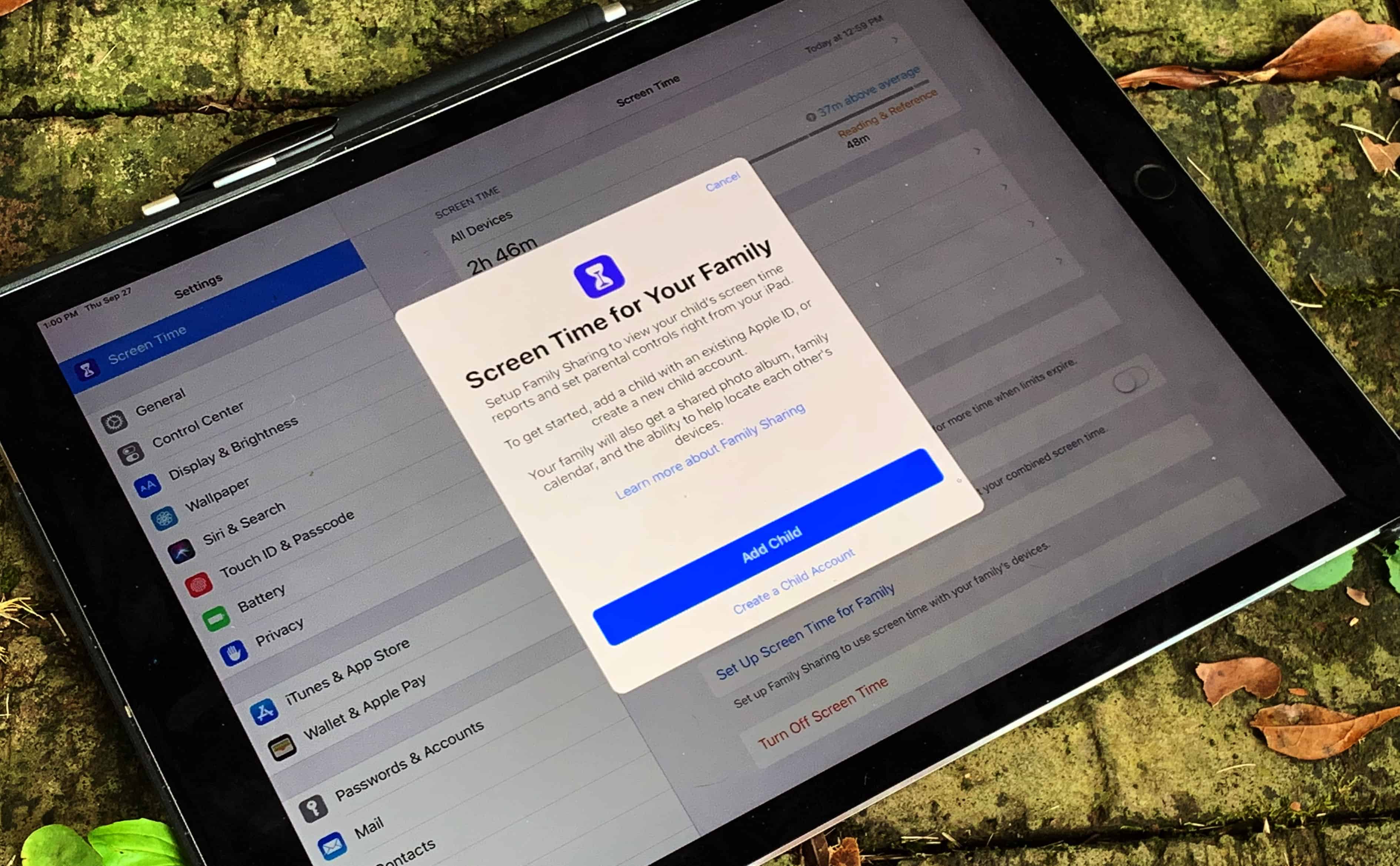
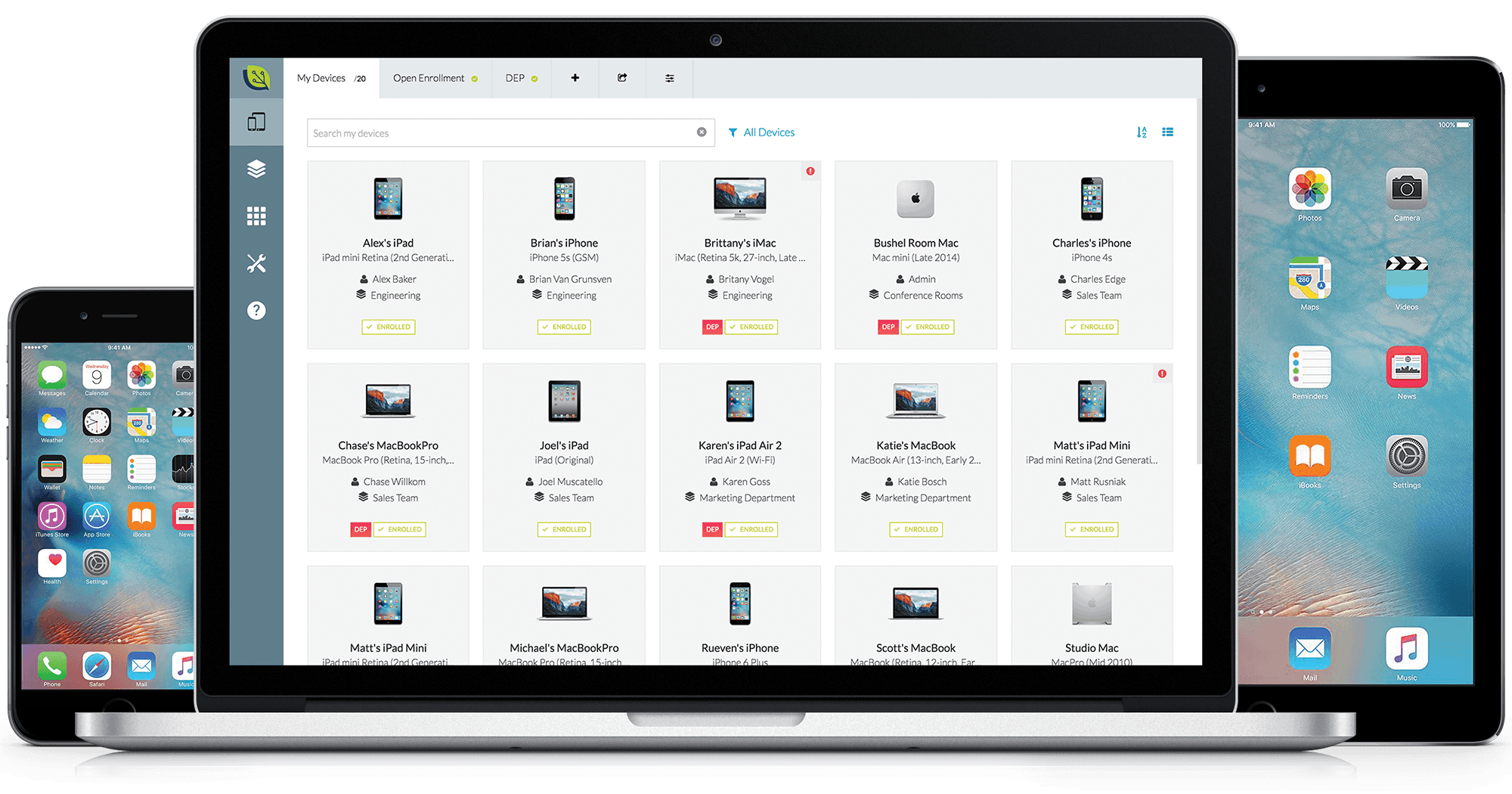

![Three Critical Business Dilemmas The iPhone 5 Will Create [Feature] Even before its launch, the iPhone 5 is creating concerns and challenges for businesses and IT departments.](https://www.cultofmac.com/wp-content/uploads/2012/09/7378963508_e8a458a51b_z-1.jpg)
![How To Deploy iOS 6 In Business The Right Way [Feature] iOS 6 has lots of business potential, but having a plan about rolling it out is critical.](https://www.cultofmac.com/wp-content/uploads/2012/08/ios6-business.jpg)
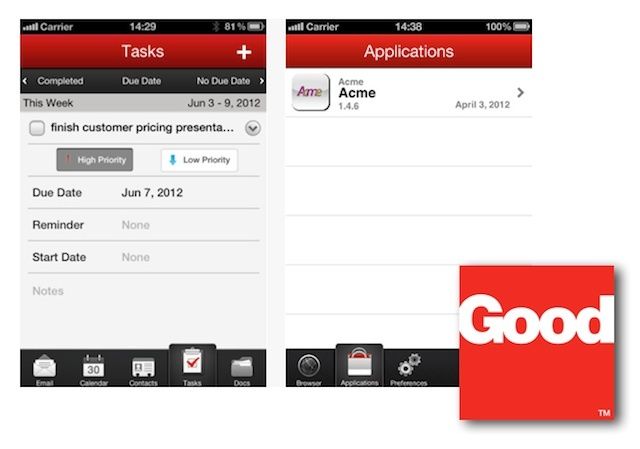
![What IT Wants To See In iOS 6 [Feature] iOS 6 will deliver a lot of business features, but what about enterprise/IT integration?](https://www.cultofmac.com/wp-content/uploads/2012/08/ios6-120611.jpg)
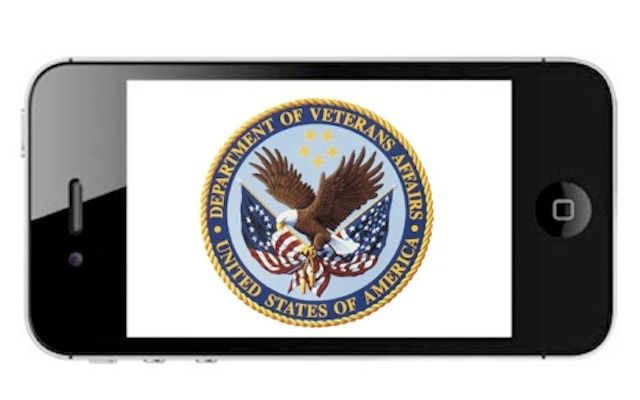

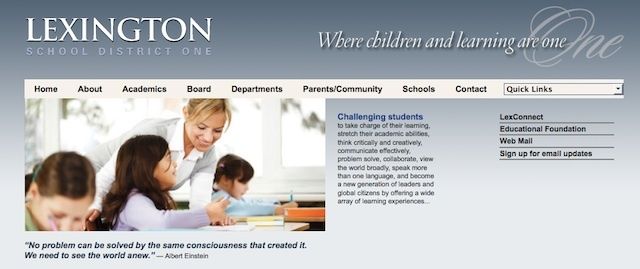
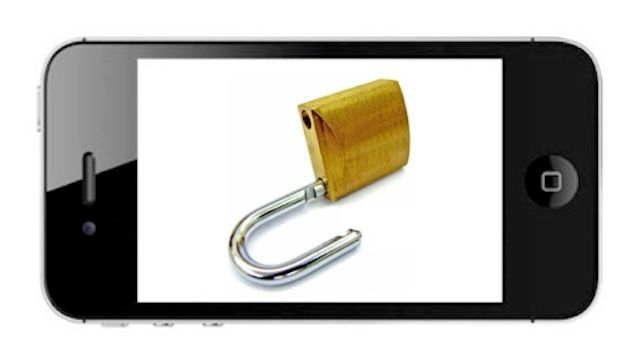
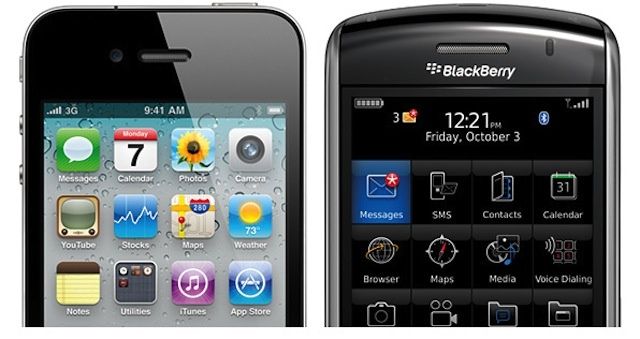
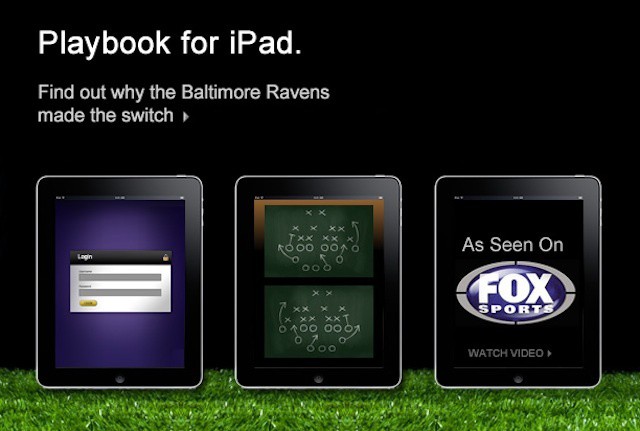
![Why Apps (Not MDM) Are The Future Of iPhone Management [Feature] Mobile management means securing apps and content as well as locking down devices.](https://www.cultofmac.com/wp-content/uploads/2012/08/confusion-mam.jpg)
